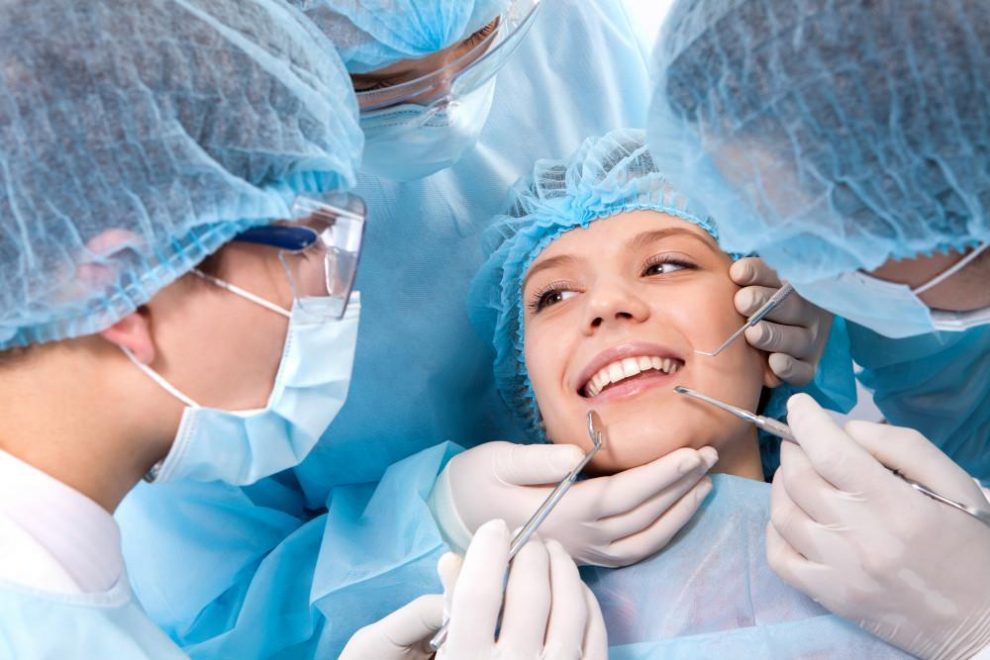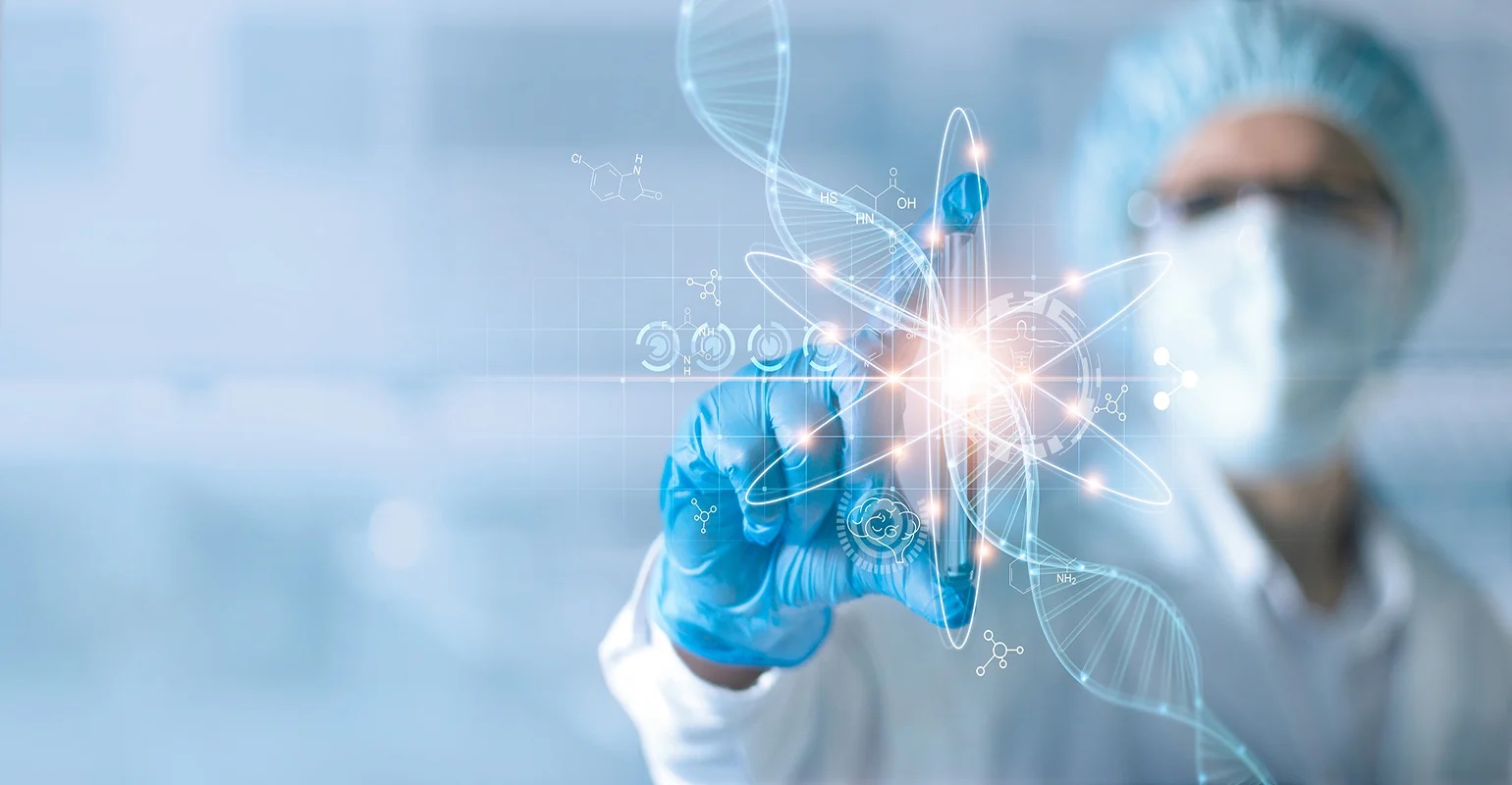Did you know that thanks to technological advances, it is possible to put anesthesia with microrobots? And that a grinding wheel can be printed in 3D?
As in the various medicine branches, dentistry has implemented numerous advances throughout its history to meet patients’ needs.
Just as human beings and society suffered modifications, the users’ dental needs have also presented changes.
Other professions are integrated into dental work, such as biomedical engineering, to develop better solutions due to the treatments’ specialization.
Here are the technological advances in dentistry (INVISALIGN) and what each one is for.
- Rapid prototyping
Dental aesthetics is one of the determining factors for developing self-esteem. Prostheses’ function is to allow patients to recover the functions of the dental cavity. Therefore, it improves their oral health and self-perception.
At first, this technique was used for educational purposes. In other words, prototypes were printed in 3 dimensions to aid understanding of the anatomy.
This procedure was inserted in the dental environment to minimize risks, aid procedures, and reduce surgical times.
In recent years, in this field, dentistry is experiencing gigantic advances. Among the areas most benefited by this innovation are surgery, implantology, prosthetics, orthodontics, and the INVISALIGN process.
These advances make it possible to improve the quality of restorations and optimize manufacturing times.
Prototypes are created by a computer, translated into a specific language, and then printed in 3 dimensions.
- CAD / CAM systems
Its acronym is derived from English: Computer-Aided Design (CAD) and Computer-Aided Manufacturing (CAM).
These systems are computerized design and digitization (CAD) and computer-aided machining (CAM). Both systems are made up of three parts:
- A digitization system: The 3D scanner digitizes the denture or the model.
- The design: shows 3D modeling of the denture.
- Manufacturing system: This system will make the prosthesis. Usually, in dentistry, they are done in ceramic.
After the manufacturing procedure has been carried out, a joint simulator is carried out, both for technical reasons and for comfort for the patient and the professional. The manufacturing result is tested outside the patient’s mouth to guarantee the result. This implies having the tools for manufacturing and replicating the chewing apparatus so that the prosthesis is effective.
- Cerec system
This technique consists of 3 phases:
- Digitization
First, the 3d image of the piece to be reconstructed is taken to the computer. It can be taken by physical contact or optically.
- Design
Second, the part is designed by handling the image. This moment offers the professional the possibility of changing the implants’ characteristics according to the rest of the teeth or the patient’s teeth’ particularities.
- Machining
It is the actual manufacturing phase. The color and size of the piece to be restored is chosen.
The design goes to a milling machine where the material that has been chosen to rebuild the piece will be carved until the result is achieved. The most used materials are titanium and ceramic.
- Laser treatment
The laser is a high-intensity light used to remove affected tissue without compromising healthy tissue.
The possibility of having an analgesic and anti-inflammatory effect is also indicated to treat pain that appears after dental trauma and other pathologies.
The procedures that can be performed with the laser system are diverse. Some are:
- Soft tissue management in both pediatric dentistry and adults
- Cosmetic dentistry: cauterization, whitening, cold sores
- Oral and maxillofacial surgery
- Fixed prosthesis treatments
- Endodontics
As a result, according to various case studies, laser treatments help perform less traumatic treatment, with a less painful recovery.
- Dental bioesthetics: new adhesive systems and ultrafine porcelains
Bioesthetics forms the basis of modern dentistry as a discipline. A new system of highly aesthetic ultra-fine porcelains and adhesives allows the creation of porcelain micro-veneers without carving the tooth. Furthermore, thanks to technology, you can see the treatment result even before starting it.
With this type of treatment, the aim is to achieve the aesthetic process’s effective execution without damaging the pulp organ and preserving the hard tissues. It thus becomes a much less invasive solution with dental tissues.
A specialist dentist must be aware of all the latest dentistry techniques to provide quality treatment to their patients.








Add Comment